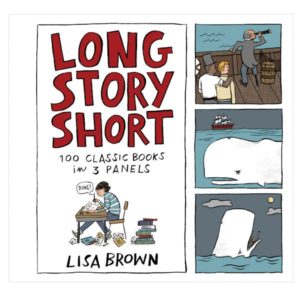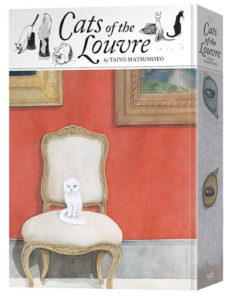We Are Grateful: Otsaliheliga by Traci Sorell, illustrated by Frane Lessac
Pictures have such power! Bright and bold or quiet and soft, the stories they tell vary as widely as those told by words alone. What happens when powerful pictures and beautiful text meet in the same book? Magic!
Traci Sorell creates magic with her first children’s picture book, We Are Grateful: Otsaliheliga. A citizen of the Cherokee Nation, she introduces Cherokee culture with a trip around the seasons giving thanks. Otsaliheliga is a Cherokee expression of gratitude, akin to “we are grateful”, and Sorell infuses every page with the feeling. Beginning with uligohvsdi, autumn, her sparse prose describes the natural world and ceremonies and food and art and games and music and history and agriculture–so much that is wonderful about life–in language welcoming her young audience. Sorell’s writing has a quiet beauty about it. Her words have a rhythm that mirrors nature, “As bears sleep deep and snow blankets the ground…When showers fill streams and shoots spring up…Every day, every season.”
Veteran illustrator Frane Lessac takes Sorell’s text and punches it up all the notches without compromising its delicate delivery. Lessac uses gouache on paper to create scenes full of zip and vigor that burst from the page in an explosion of color. Her bold sunset on the book’s cover blends the spectrum of orange in ways that only nature can. Inside, a summer garden invites you to dig in the rich, brown soil brimming with energy and to pick deep green and red vegetables under a sun so bright you expect the people on the page to break a sweat. An interior scene bathed in shades of salmon and coral exudes the warmth of winter family visits and warm soup served with buttery bread while outside the window the cold weather gear of cousins feeding the birds pops against the snow.
We Are Grateful: Otsaliheliga is tender and affirming. A smiling elisi, grandmother, rocks a tiny, new family member amongst the fall leaves while others gather buckbrush to weave baskets. Three generations brave the winter cold to honor an uncle who has died. Extended family embrace a relative departing for military service. Groups of children play a rollicking round of stickball in the summer heat. The bold illustrations reinforce the text. It’s a delight to read and to view.
It’s also an engaging introduction to contemporary Cherokee culture and a good OwnVoices title for little ones. Key Cherokee words appear throughout, and each is presented written in the Roman alphabet, phonetic spelling, the Cherokee syllabary, and English. The book includes helpful resources at the end–a brief glossary, an enlightening note from the author, and information about the Cherokee syllabary.
From the moment I saw it on the shelf, I couldn’t wait to read this title. I wish I had had the opportunity to immerse myself in it as a child. There’s something new to see with every visit, and I love the warmth and security found within the pages. Traci Sorell has become a new favorite for me among picture book authors. I can’t wait to see what she does next, and I can’t wait to find more of Frane Lessac’s illustrations! I hope you have a chance to explore their work, too.



